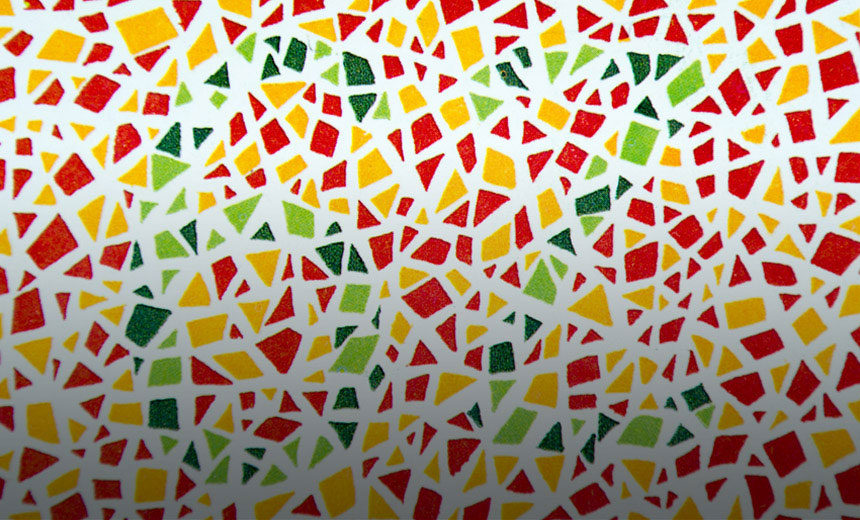"*" indicates required fields
26/08/2017

Colour blindness does not in fact cause any blindness or lack of vision, it simply relates to a deficiency of colour vision.
Generally, people who suffer from what is known as colour blindness have difficulty in discerning specific colours, typically greens, yellows, oranges and reds.
The vast majority of colour vision problems are inherited (genetic) and are present at birth.
However, other much less common causes include shaken baby syndrome, accidents and other trauma, which may cause swelling of the brain in the occipital lobe, as well as damage to the retina caused by exposure to ultraviolet light. Sometimes, colour blindness caused by damage to the areas of the brain where vision processing takes place doesn’t become apparent until later in life.
Other causes of colour blindness are a deficiency of vitamin A and degenerative diseases of the eye (macular degeneration, glaucoma, retinal damage from diabetes and cataracts).
The most common cause of inherited colour blindness is the loss, or partial loss, of the different cone systems within the eye due to missing or damaged genes.
The typical human retina has two types of photoreceptor cells that are responsible for colour vision – the rod cells (active in low light) and the cone cells (active in normal daylight). They respond to different wavelengths, which can sense variations of the colour spectrum.
Red-green colour blindness is by far the most common type – it is found in approximately 8% of males, and around 0.4% of females.1 This bias is because the genes that lead to red-green colour blindness are on the X chromosome with males having just one X chromosome, whilst females have two.
For example, the son of a mother carrying the gene has a 50% chance of being colour blind. Equally, a daughter to the same mother is not likely to be colour blind unless she inherits two defective X chromosomes, which could occur if the father happens to be colour blind. In this case, the daughter still has only a 50% chance of being colour defective.
Blue colour blindness is far less common, being present in just 5% of all colour blindness sufferers. The genes affected are equal in both sexes.
It should be noted that sometimes colour blindness can be caused by a change in chromosomes during development, rather than being inherited.
From around the age of 4, a child may show signs of having problems with recognition and identification of different colours.
Often, colour blindness is relatively mild and can go unnoticed, although it is often revealed when a child is learning the difference between colours and objects that are identified by their colour.
Many tasks depend on us being able to detect things by their colour, although rarely do they have a major impact on our lives.
A few notable exceptions are those who must be able to detect colours in the course of their work – commercial driving licenses might be difficult to obtain for those with red-green blindness, as the condition can affect an ability to “read’ traffic lights.
Airline pilots and electricians both require good colour vision to work safely and, for obvious reasons, people who are involved in art or graphic arts also need to clearly detect colour variations accurately.
There is no current treatment available that can cure colour blindness.
Optometrists can supply tinted lenses for the non-dominant eye, although this will improve some detection of one colour, it will compromise others.
Interestingly, some recent iPhone and iPad Apps have been developed to simulate colour blindness, so those with unaffected vision can see how sufferers see the world.
Some gene development research at universities in Florida and Washington has reported much improved colour detection in squirrel monkeys with colour blindness.
The answer is that a quite surprising number of people are affected by colour blindness. In Australia, about 8% of males and 0.4% of females suffer colour blindness to some degree.
In more isolated communities, like Finland, Hungary and the Scottish Isles, the restricted gene pool means that the percentage of those affected is much higher.
While a fairly high number of people around the world have some form of colour blindness, it must be acknowledged that it isn’t a significant problem. Indeed, many colour blind people appear to go through life without being aware that they are actually colour blind at all.
So, unless you have your heart set on being a pilot, astronaut, long distance truck driver or a designer, your life will not be greatly impacted by colour blindness.
1. Better Health Channel. Colour vision deficiency (colour blindness) [Internet]. Melbourne: Department of Health, State Government of Victoria; [date unknown] [updated 2019 Sep 24; cited 2021 Jun 16]. Available from: https://www.betterhealth.vic.gov.au/health/ConditionsAndTreatments/colour-blindness#what-causes-colour-vision-deficiency
The information on this page is general in nature. All medical and surgical procedures have potential benefits and risks. Consult your ophthalmologist for specific medical advice.
Date last reviewed: 2022-10-05 | Date for next review: 2024-10-05